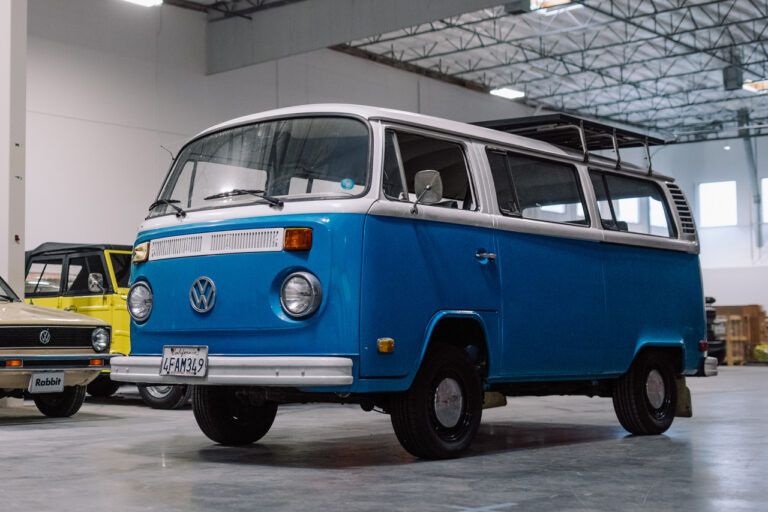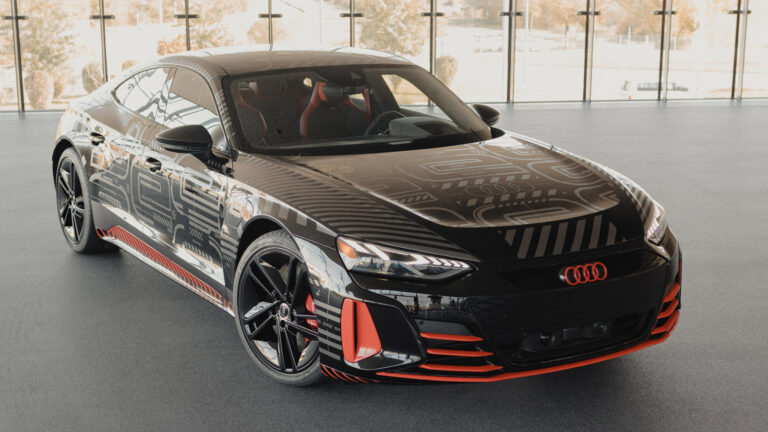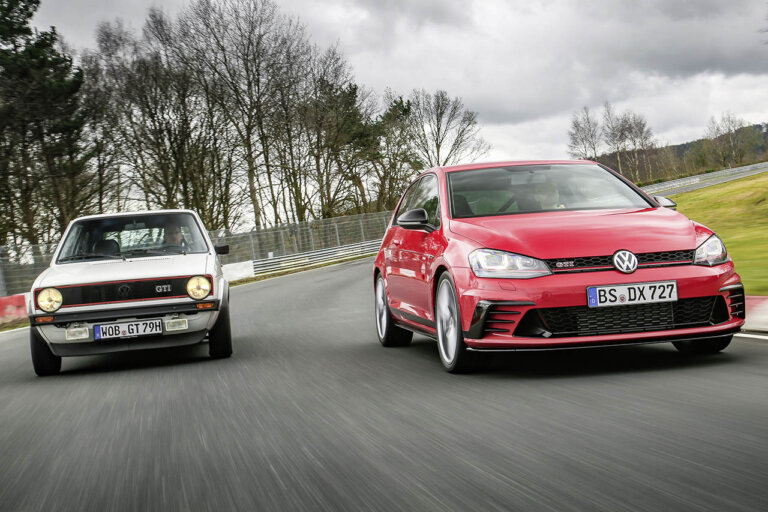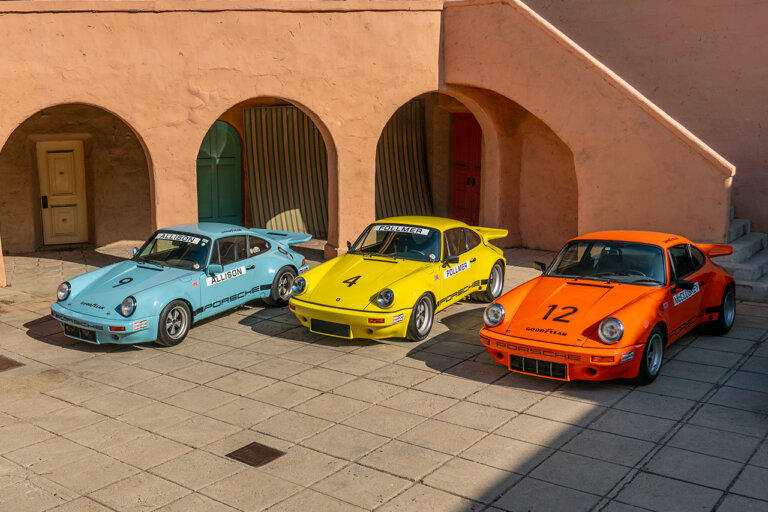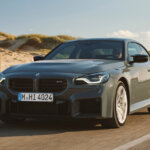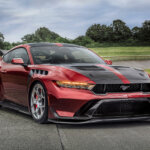Popular Lamborghini Models
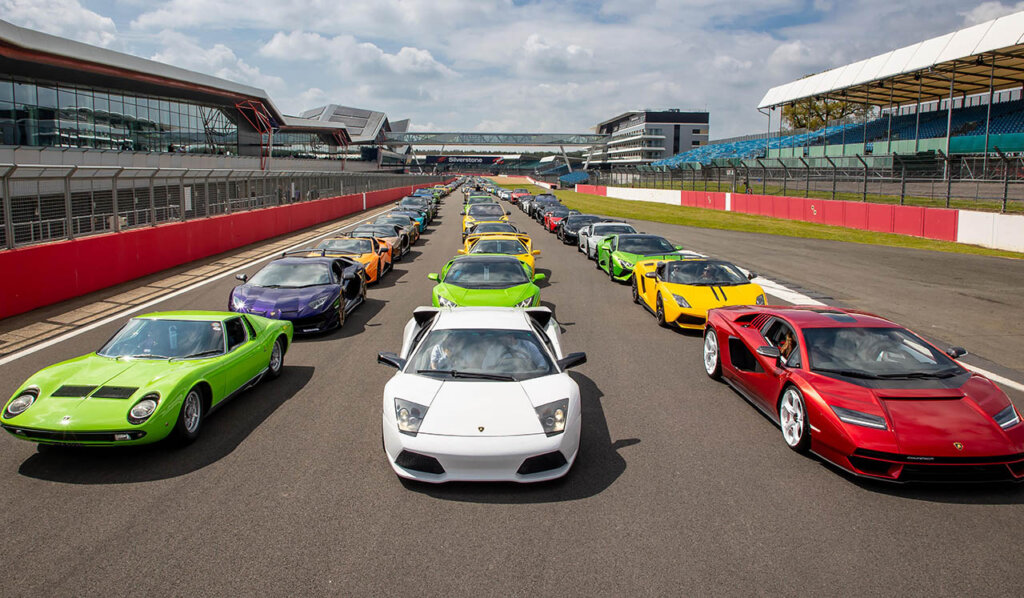
350GTV/GT
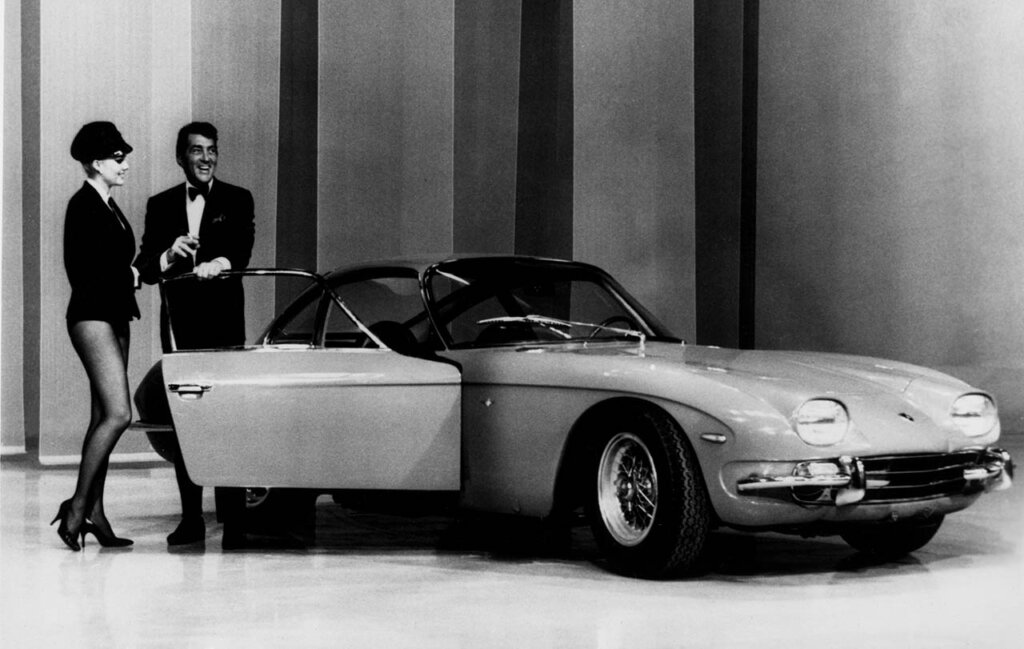
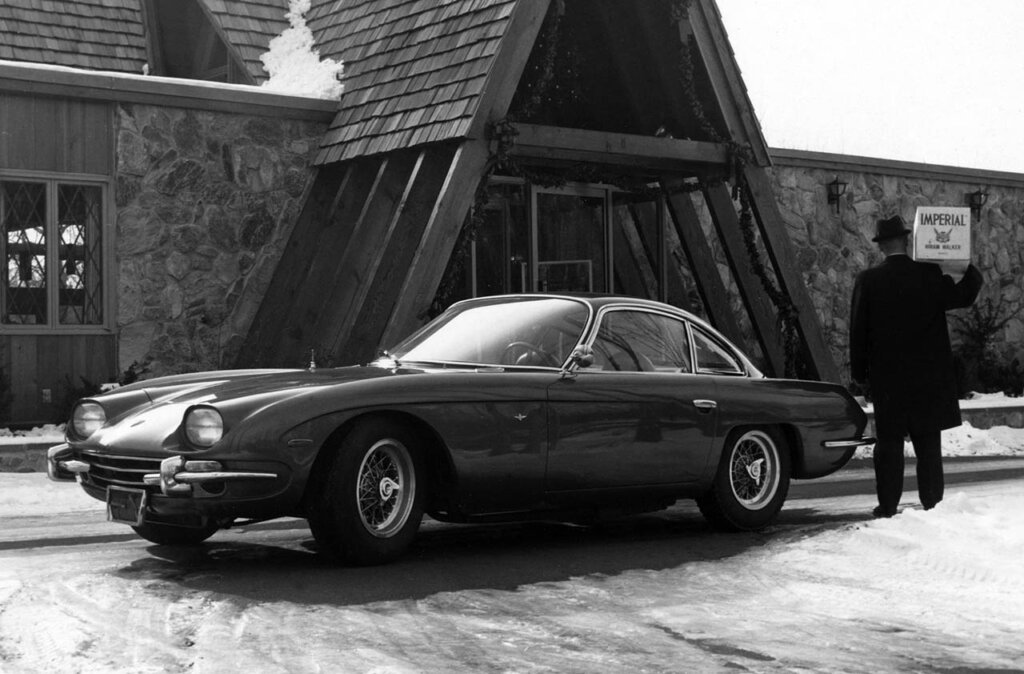
Before production actually commenced, Ferruccio Lamborghini enlisted the engineering services of Società Autostar to develop a V12 engine for his upcoming automobile models. Lamborghini aimed for a similar displacement to Ferrari’s 3-liter V12 but insisted on the engine being solely for road use only.The overall build was a tremendous group of designers with high caliber skills and craftsmanship. The first chassis was designed by Giampaolo Dallara, who also worked with Ferrari and Maserati. Alongside Dallara were Paolo Stanzani and Bob Wallace. The second group that focused on the body style were amateur designer Franco Scaglione. He was handpicked by Ferruccio Lamborghini himself after passing over well-known designers like Vignale, Ghia, Bertone, and Pininfarina. In four months, Lamborghini designed and built the 350GTV, their first production car.
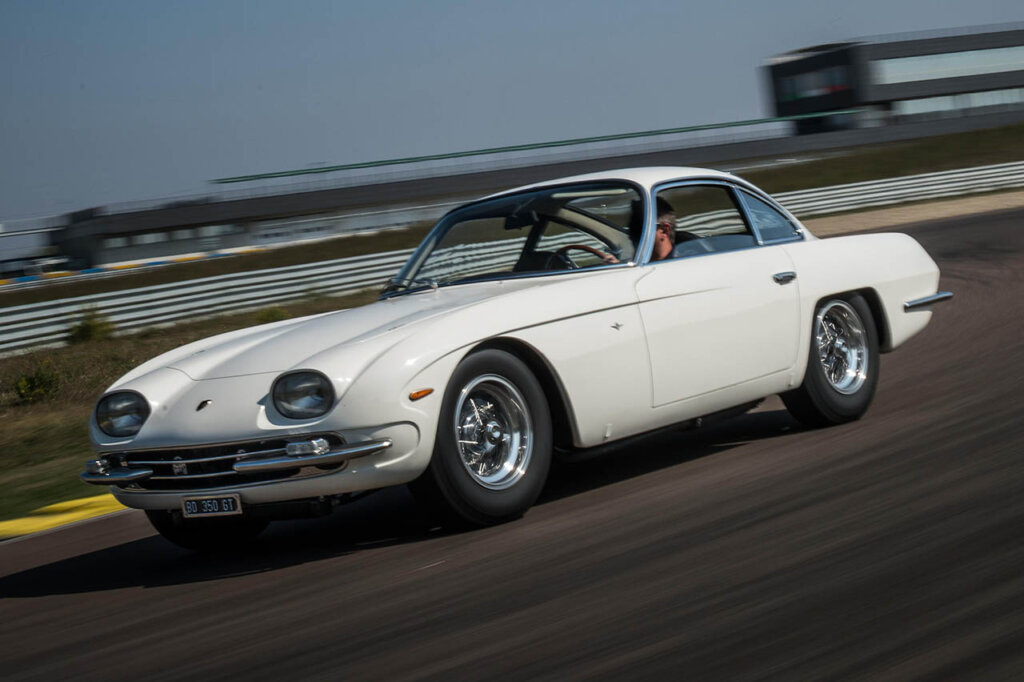
Despite the positive reviews from the press regarding the 350GTV, Ferruccio Lamborghini opted to revise the car for production due to a relatively modest response from the general public. The resulting production model, named the 350GT, underwent a makeover by Milan’s Carrozzeria Touring, and a new in-house chassis was crafted. Bizzarrini’s V12 engine underwent detuning for mass production, delivering 280 hp instead of the originally intended 360 hp. Unveiled at the 1964 Geneva Motor Show, the revamped design once again received favorable reviews. Production commenced shortly thereafter, however, 13 cars had been built, each sold at a loss by Lamborghini to maintain competitive pricing against Ferrari. The 350GT continued in production for an additional two years, with a total of 120 units sold. Despite its low sales, the 350GTV/GT is an important Lamborghini model as it served as a leading example for future Lambos to come.

Countach

Source: Lamborghini Media Center
Before and during the production of the famous Countach model, the company has not been so lucky with internal and external affairs. Dealing with union troubles, financial losses, the 1973 oil crisis, it was a challenge for Lamborghini to develop a model that will get them back on track. The model would be the LP500 prototype, or the Countach. Ferruccio Lamborghini initiated the development of the Countach with the aim of creating a successor to the highly acclaimed Miura. While the Miura had gained widespread acclaim since its introduction in 1966, by 1970, new competitors like the Ferrari Daytona had entered the market, and the Miura was beginning to show its age. In 1970, Chief Engineer Paolo Stanzani and his team embarked on the creation of the Miura’s successor, working under the project name “LP112.” Throughout the project, Stanzani collaborated with test driver Bob Wallace, Assistant Engineer Massimo Parenti, and designer Marcello Gandini of Bertone. After a year of intensive development and refinement, the first Countach prototype was shown to the public at the 1971 Geneva Motor Show.

After its debut, the Countach was well-received by critics and the general public. Popularized by its sharply angled “Italian Wedge” shape and its V12 engine’s performance, the Countach was considered one of Lamborghini’s most popular and recognizable supercars of that time. Following the debut of the LP500, Lamborghini continuously upgraded the Countach with improvements in aerodynamic performance, stability, engine performance and cooling. This led to a result of new production models from the LP500 S to the Countach LPI 800-4. Constant alterations and improvements to the Countach’s design and performance are the key reasons why the Countach is regarded to be Lamborghini’s most defining car of its brand.
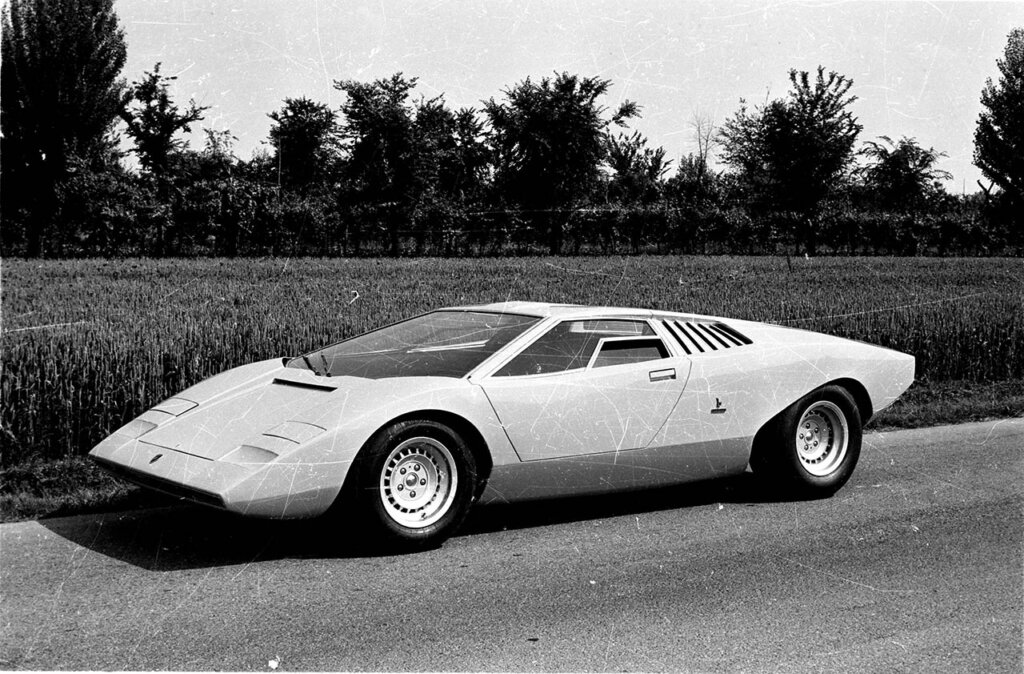


Source: Lamborghini Media Center
Diablo
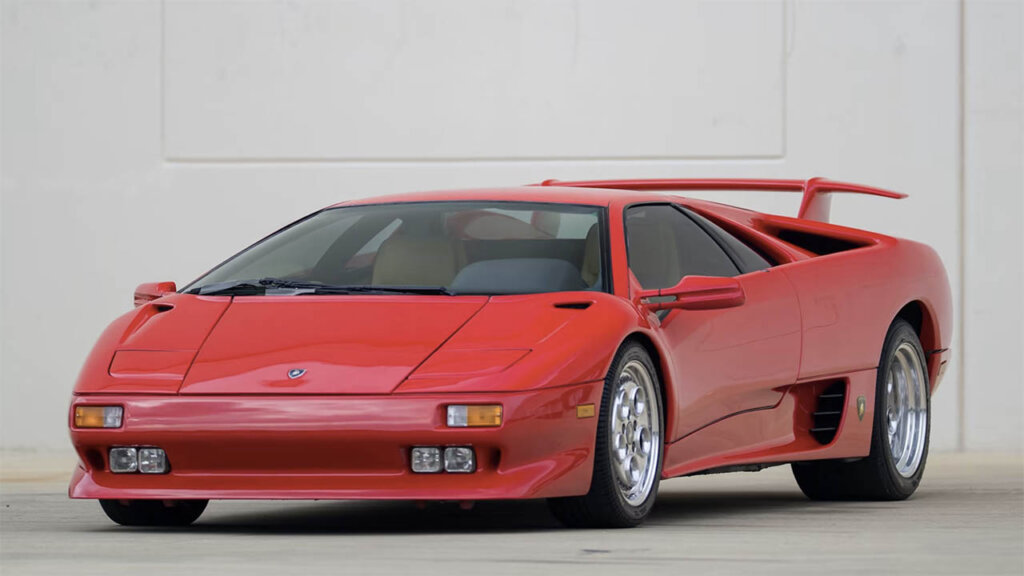
Source: Mecum Auctions
By 1987, Chrysler Corporation acquired and took control of Automobili Ferruccio Lamborghini S.p.A., paying $25.2 million to the Mimrans. Chrysler expressed interest in venturing into the “extra premium” sports car market, estimating a global demand of approximately 5,000 cars annually. The objective was to introduce a vehicle that could rival the Ferrari 328 by 1991. Additionally, Chrysler sought collaboration with Italian manufacturers to develop an engine suitable for use in Chrysler cars targeting the American market. During that time, Lamborghini was working on a successor to the Countach, the Diablo. Designed by Marcello Gandini, who also worked on the Countach, was already contracted to design the Countach’s successor. Chrysler’s management team didn’t agree with Gandini’s design and ordered an extensive redesign, taking away Gandini’s notable features such as the sharp edges and corners. This new redesign cost Chrysler a fortune, with an estimated cost of 6 billion Lire (about $3.5 million).
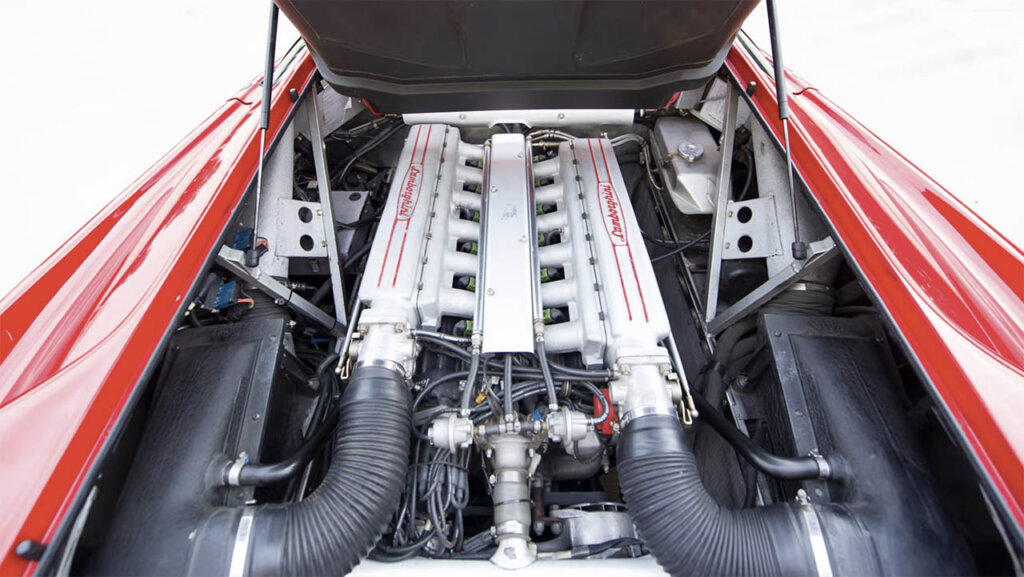
Despite the expenses, the Diablo proved itself to be the true successor of the Countach, Equipped with V12 engine and computer-controlled multi-point fuel injection with a max output of 485 hp to reach a top speed of 202 mph, the Diablo was one of the fastest supercars of its time. The company spared no expense with its interior as well. Built with adjustable seats and steering wheel, electric windows, an Alpine stereo system, and power steering, it was definitely Lambo’s new flagship car. Various modifications and engine refinement came in later models, such as the Diablo VT, Diablo SE30 and SE30 Jota and Diablo SV.
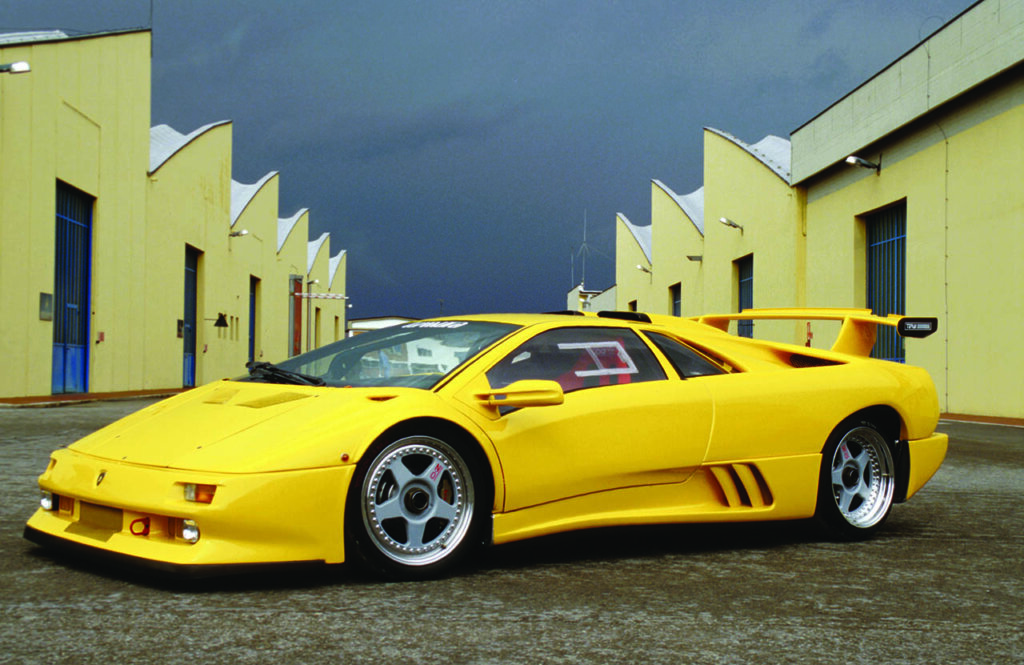

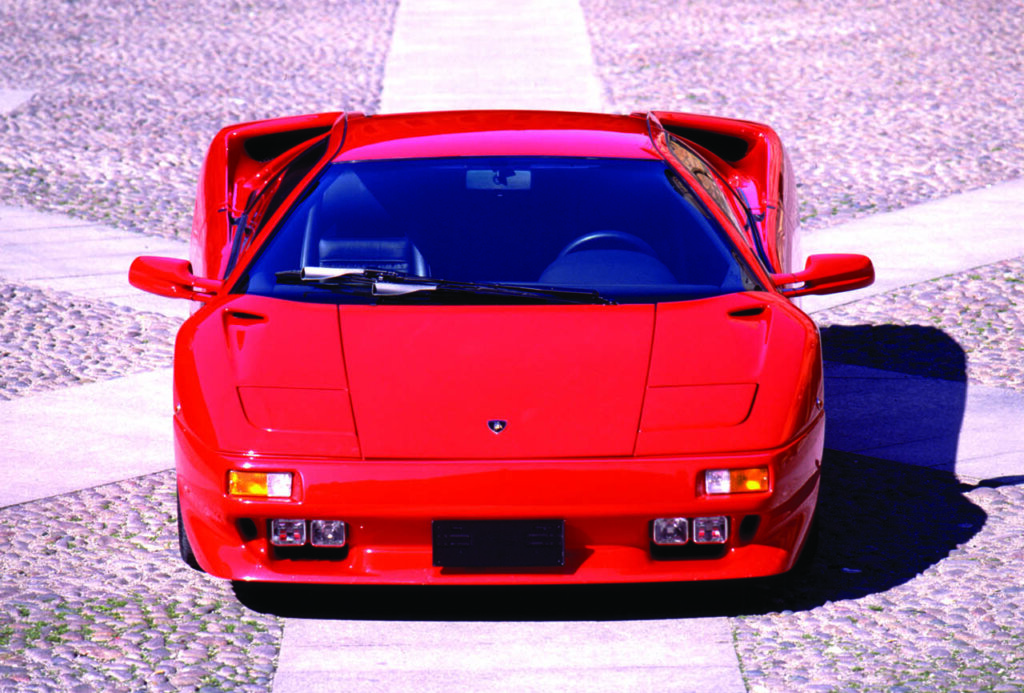
Murciélago & Gallardo
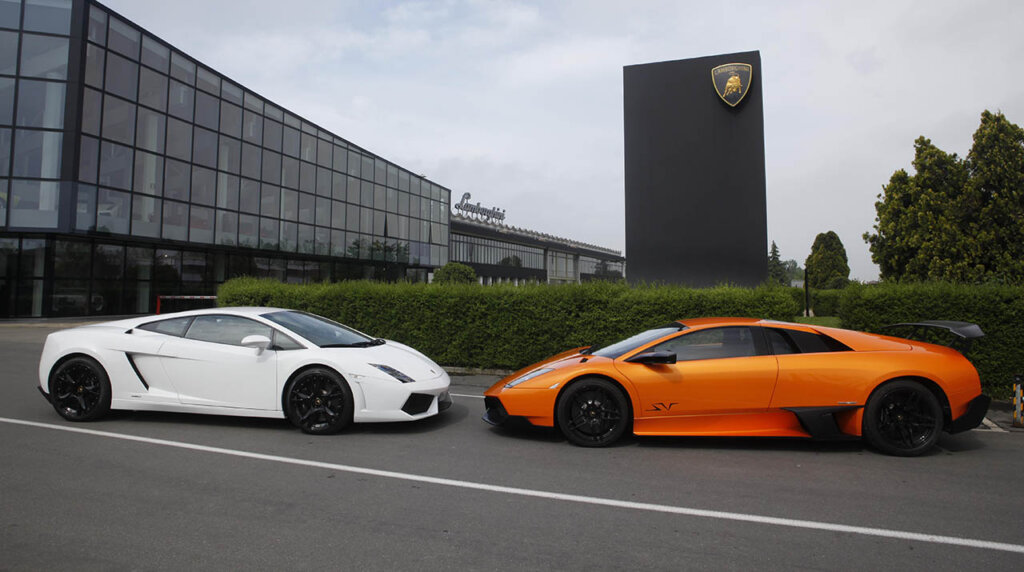
Source: Lamborghini Media Center

Source: Lamborghini Media Center
The 1997 financial crisis in Asia set the next phase for another ownership claim. Ferdinand Piëch, the recently appointed chairman of Volkswagen AG and the grandson of Volkswagen’s founder, Ferdinand Porsche, engaged in an acquisition spree in 1998. During this period, he acquired Bentley, Bugatti, and Lamborghini. Lamborghini went into a complete overhaul, allowing it to focus on designing and manufacturing cars while other interests focused on the company’s licensing deals and ocean engine manufacturing. Much like American ownership of the Diablo, Lamborghini’s new parent played a major role in the next Lamborghini model in over a decade: the Murciélago.
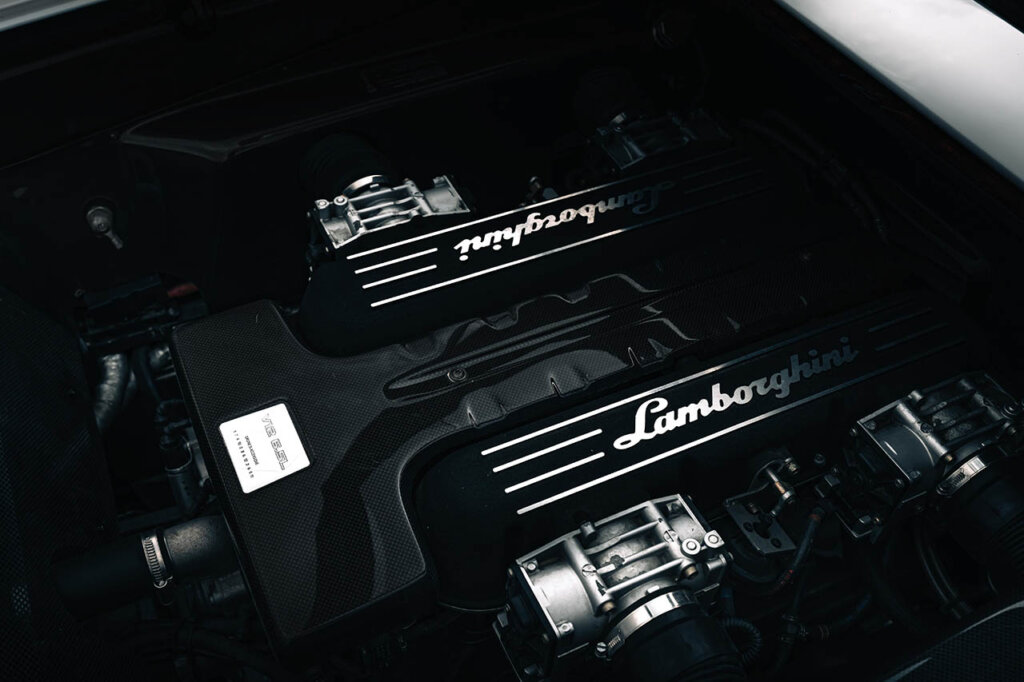
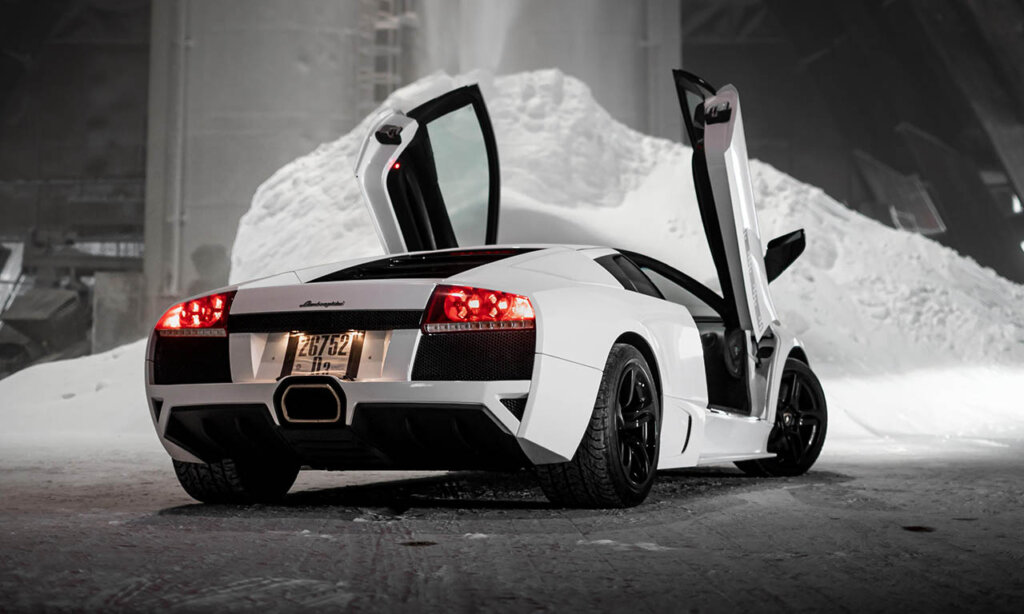
The Murciélago’s 6.2 – 6.5 litre V12 engine came with a maximum production output of 572 hp, capable of accelerating 0 to 60 mph in as little as four seconds and reaching a staggering top speed of 207 mph. That was only the first generation of the Murciélago’s power and more variants such as the Murciélago Roadster and Lamborghini Reventón were modified and upgraded with newer tech and styling. Under Audi’s ownership, the Murciélago proved to be a worthy Lamborghini model and resulted in stability for the company.
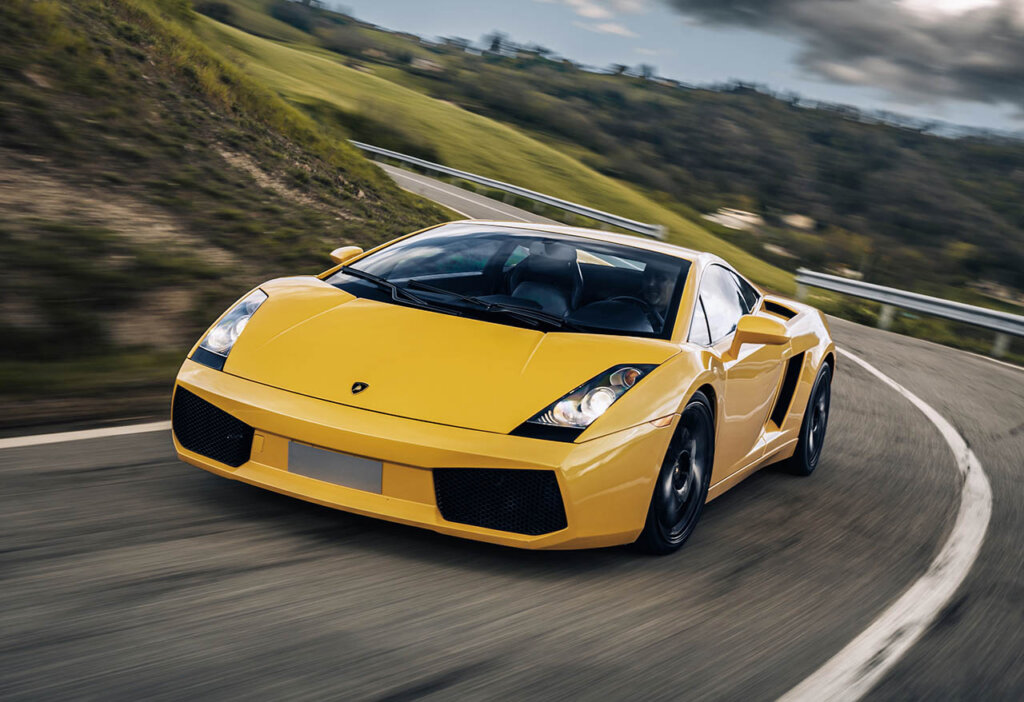
In 2003, Lambo followed up with their next successor, the Gallardo. Much smaller and lighter than its predecessor, the Gallardo was equipped with a V10 engine, capable of producing 493 hp at 7,800 rpm and reaching a respectable top speed of 192 mph. Future Gallardo models received a facelift and an engine upgrade of 552 hp and an impressive top speed of 202 mph. The Gallardo was Lamborghini’s best-selling model at the time due to its original price tag of $166,000. Still expensive, but it provided a lower barrier to entry for Lambo fans or car collectors to purchase.


Aventador, Huracán & Newer Models
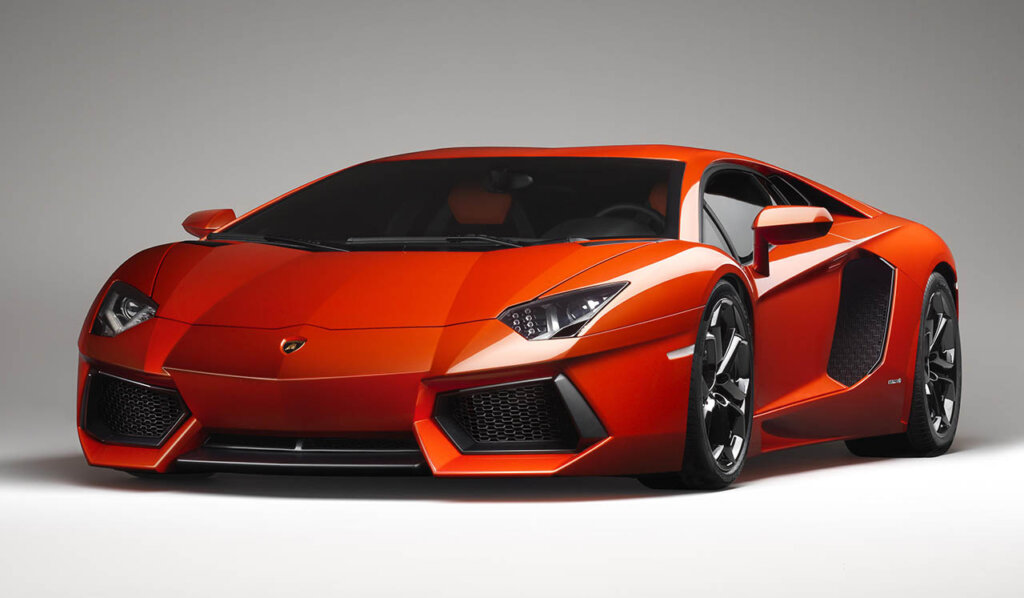
Source: Lamborghini Media Center
After the end of Murciélago production run, the next member of the Lambo lineage was the Aventador. It was the first new Lamborghini model in over a decade to feature more of an angular design and a new V12 engine, ending the usage of traditional V12 engine designed by Giotto Bizzarrin. The Aventador would continue to evolve during its run, which included a roadster variant.
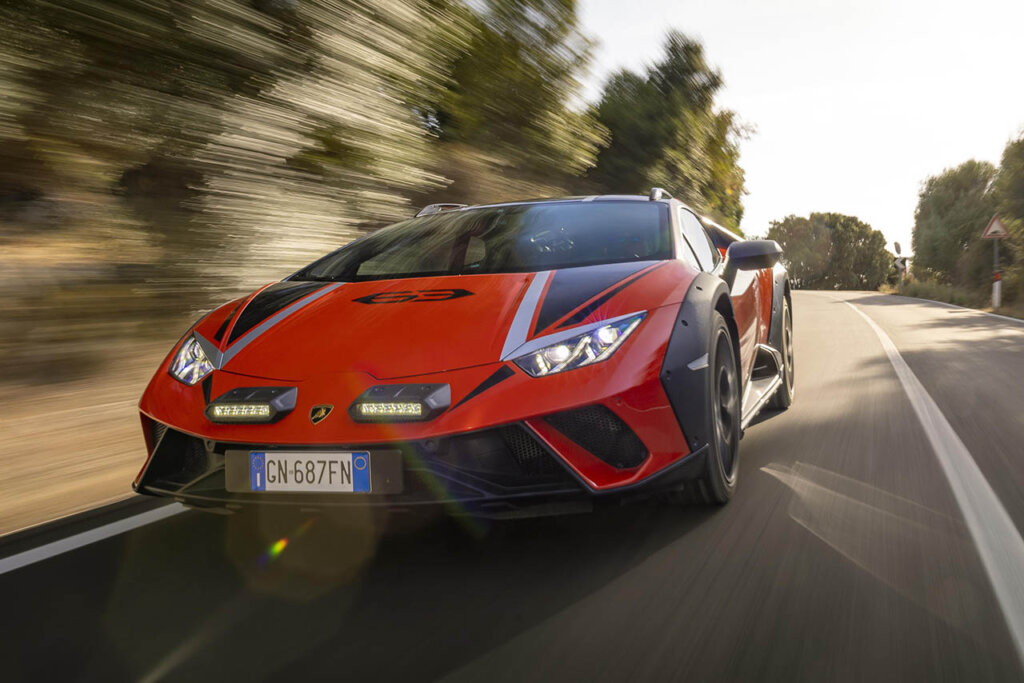
Source: Lamborghini Media Center
More Lambo’s models were released in 2014, when the Huracán LP610-4, was announced and globally unveiled as the successor to the popular Gallardo model. The Huracán showcased notable enhancements over its predecessor, including a power boost to 602 hp, a 3.2-second 0–60 mph acceleration, a top speed of 202 mph, and the adoption of a dual-clutch transmission.

By 2019, Lamborghini introduced its inaugural hybrid vehicle, named the Sián FKP 37. The Sián utilized the pinnacle version of the V12 engine found in the Aventador SVJ, coupled with an electric motor powered by a supercapacitor—essentially an enlarged version of the supercapacitor in the Aventador’s starter motor—for energy storage. The choice of a supercapacitor was driven by its superior efficiency in storing electrical energy compared to a conventional lithium-ion battery. Capacitors would be replenished through the car’s regenerative braking system, eliminating the need for a traditional power outlet. While the electric motor’s role was confined to assisting in parking and mitigating deceleration effects, the Sián FKP 37 marked Lamborghini’s initial foray into the broader hybrid market, proudly claiming the title of the most powerful Lamborghini vehicle.

